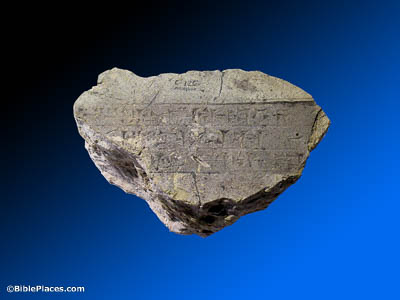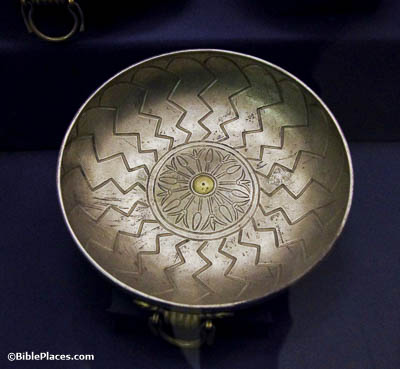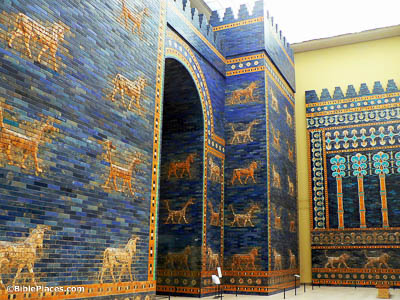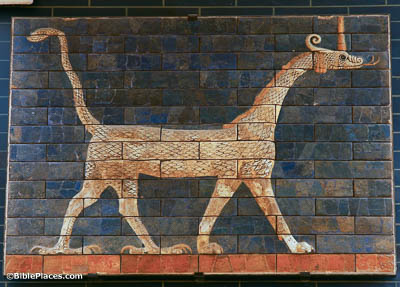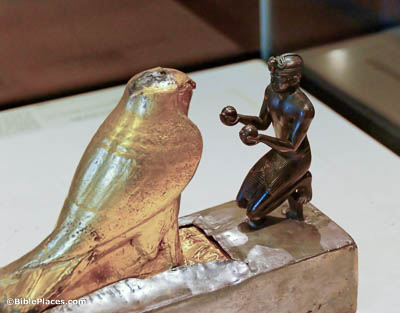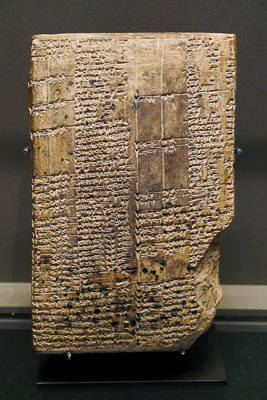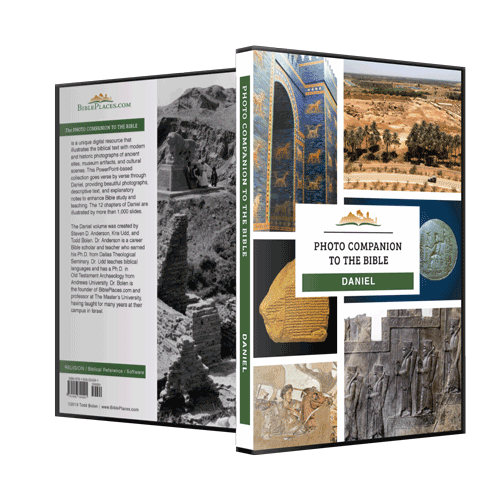Nebuchadnezzar king of Babylon came to Jerusalem and besieged it (Daniel 1:1).
Nebuchadnezzar was one of the greatest kings of the ancient world. He was a great general and conqueror, a great builder, and one of history’s ablest administrators. This brick is inscribed with the king’s names and his titles. He defeated the Egyptians at Carchemish while still only a crown prince, and he subsequently subdued Judah while he was chasing the Egyptian army back toward their homeland.
